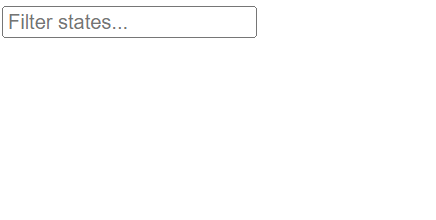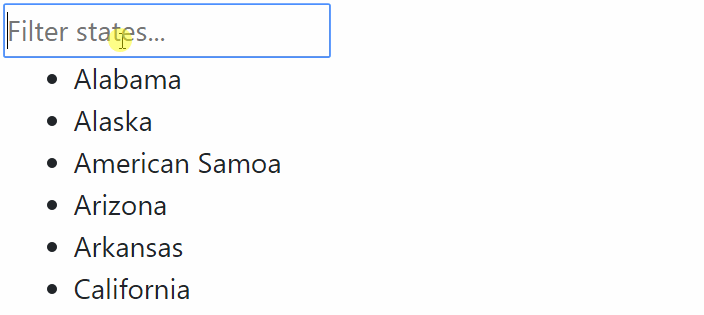It’s official; Angular 16 will be released on May 3rd. The first release candidate version is available, and yes, it includes the base API for Signals!

Signals will be in developer preview only for now, but we can expect the feature to be shipped and fully available with Angular 17, which is exciting news.
Other notable features include required inputs with @Input({required: true}) and the ability to receive router data as component inputs (think resolver data and URL params, for instance).
Of course, I’ll cover all these new features in more detail when the final version is released.
New Workshop Available
In the meantime, if you want to practice your RxJs skills, build custom directives, use content projection, and more, I just launched a workshop made of 7 different exercises with commented video solutions.
As a thank you for subscribing to this newsletter, the coupon code ng-newsletter gives you $20 off this $39 course (more than 50%), making it just $19 for the next 30 days.
A real bargain for Angular level 2 developers who want to prepare for the level 3 certification, for instance.
As always, let me know if you have any questions.































